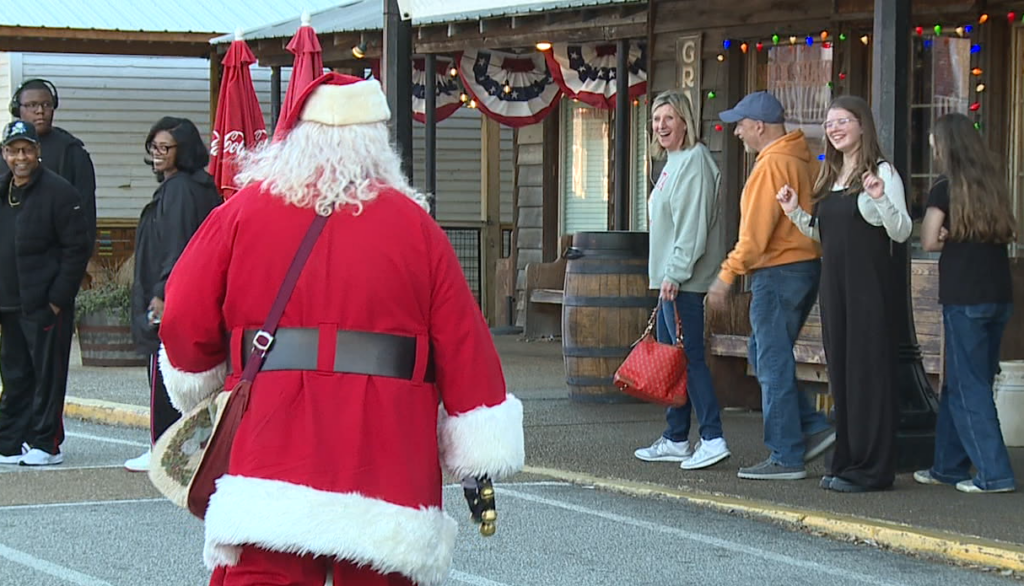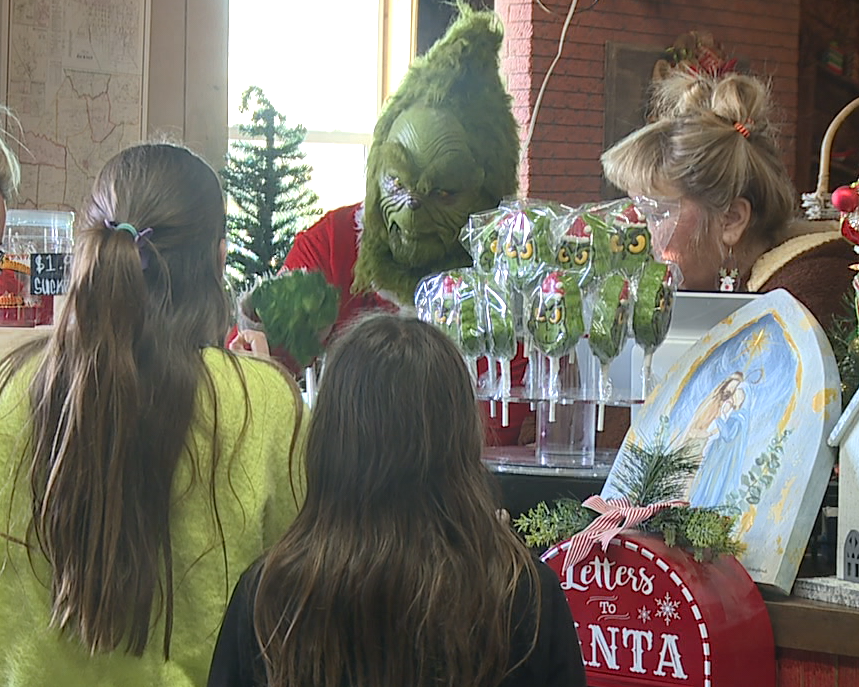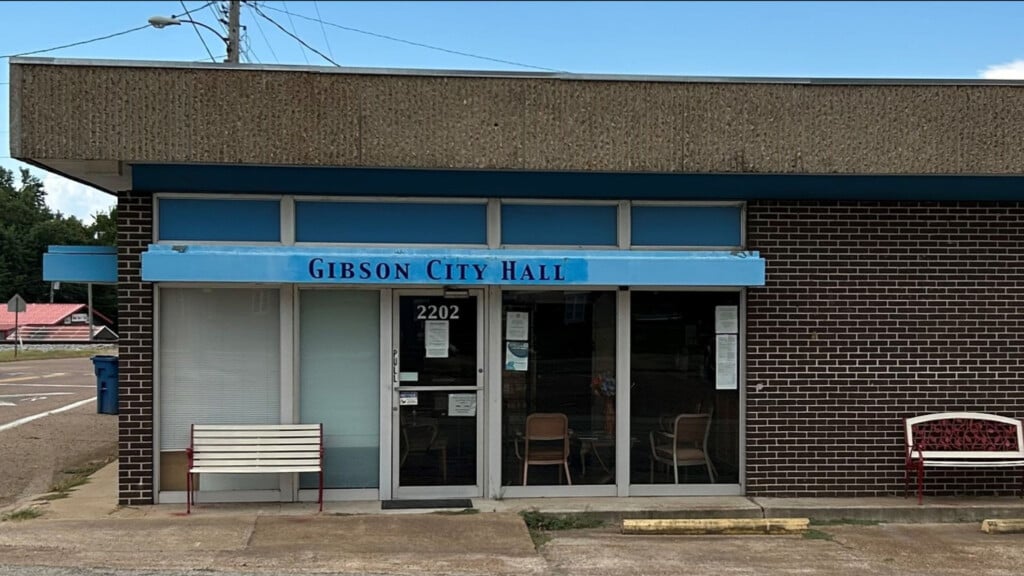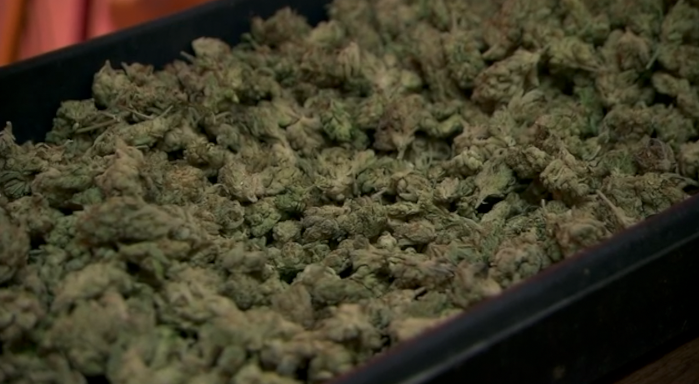What the Tech: Teens and Secret Codes
When parents glance at their kid’s phone, they might see strange acronyms like CD9, KMS, or LMIRL. Ask the kids what they mean, and you might get a shrug or a made-up answer. But many of these codes are designed to hide conversations from adults—and they can be warning signs.
For example, CD9, P911, MOS, and POS all mean “parents are nearby.” They’re used to quickly change the topic or switch to a different app.
Finsta refers to a fake Instagram account—often used to post things they don’t want parents or teachers to see. Then there’s Gas, 420, and OUID—all coded references to marijuana. The term Plug can mean a person who sells drugs.
Some of the more concerning acronyms reference sex or nudity.
- SEGGS is a disguised spelling of the word “sex,”
- IWSN means “I want sex now,”
- CU46 stands for “see you for sex,”
- TDTM means “talk dirty to me,”
- NP4NP stands for “naked pic for naked pic,”
- NIFOC means “naked in front of a computer,”
- and GNOC—“get naked on camera.”
Kids chatting with strangers might ask ASL—“age, sex, location”—or use LMIRL to suggest “let’s meet in real life.” These phrases could indicate they’re talking with someone they met online.
Then there are acronyms that suggest bullying or mental health struggles.
- KYS stands for “kill yourself,”
- KMS means “kill myself,”
- SH is short for “self-harm,”
- and even the phrase “I had pasta tonight” has been used online as a coded reference for “I had suicidal thoughts.”
Other acronyms include:
- THINSPO — thin inspiration, often linked to eating disorders
- RIP — not just rest in peace, but sometimes “really into pain”
- SIS — sometimes used to mean “suicidal ideation status”
Experts stress that while some codes might be harmless or just trendy slang, if they show up repeatedly or appear alongside other concerning behavior, it’s time to ask questions. Don’t just delete the message—open up a conversation.
One of the biggest mistakes parents make? Thinking, “My kid would never say that.” But online peer pressure, trends, and viral slang can pull in even the most responsible kids, sometimes without them fully understanding what they’re saying.
For more U.S. news, click here.












